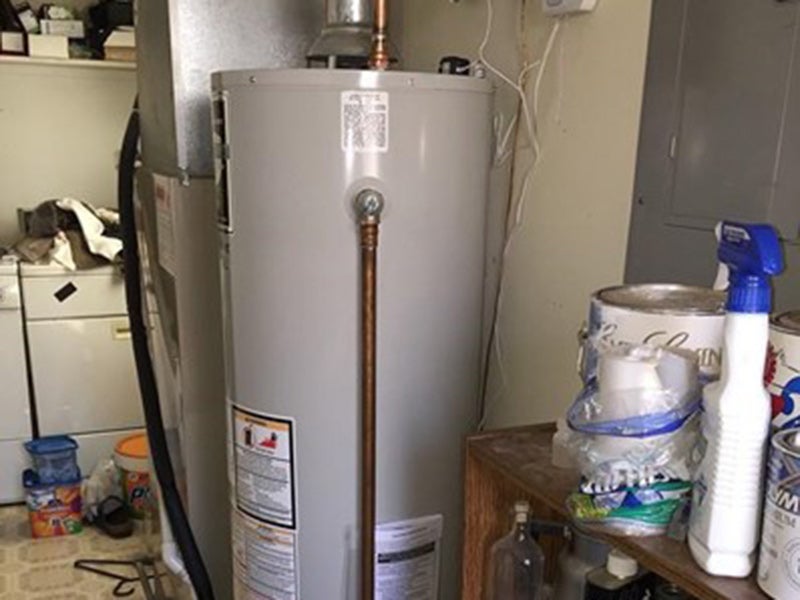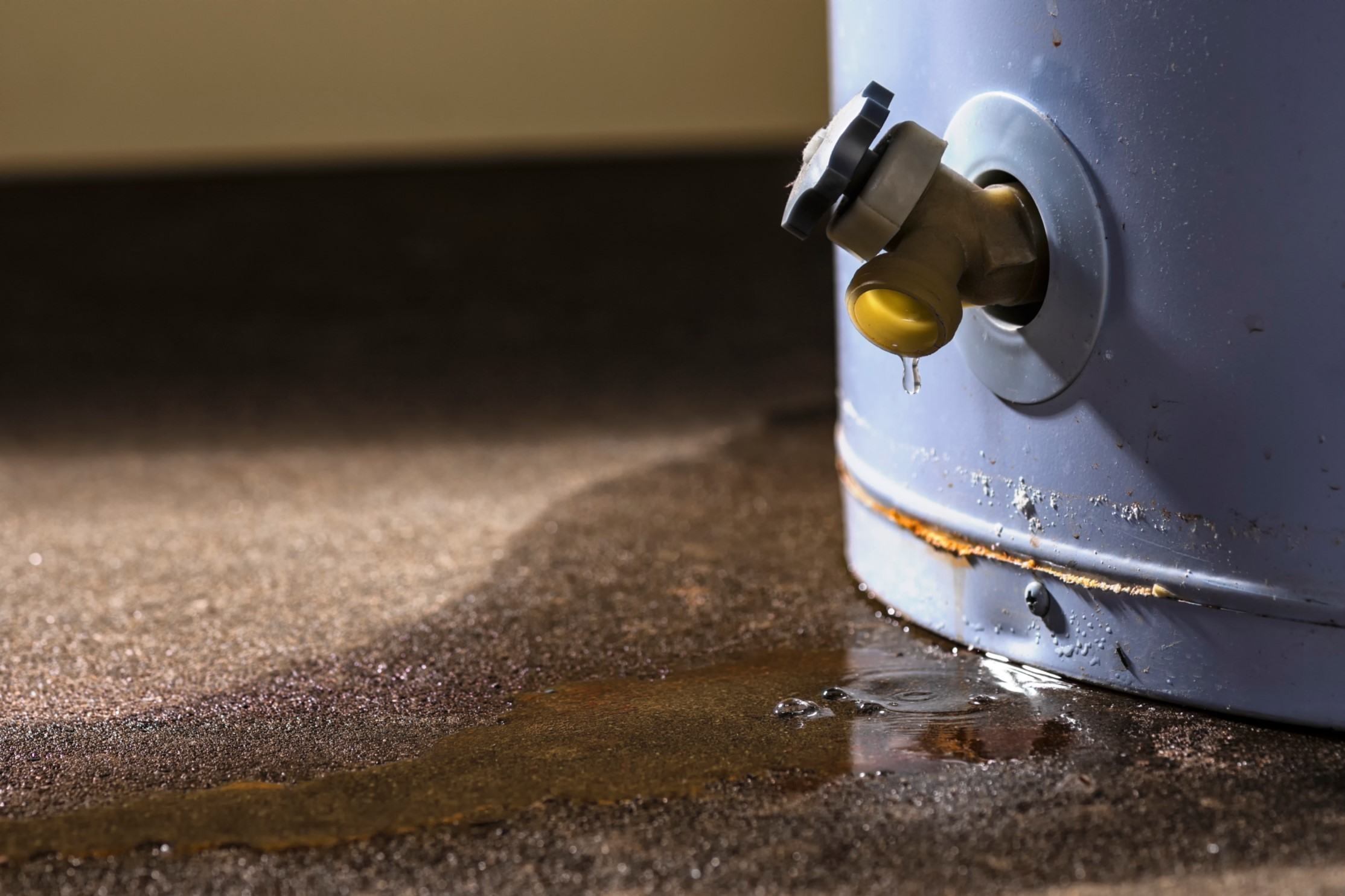Have you been trying to find guidance around Tips on Maintaining a Water Heater?

Warm water is necessary for day-to-day comfort, whether it's for a rejuvenating shower or washing meals. To guarantee your warm water system runs successfully and lasts longer, regular upkeep is key. This short article offers functional pointers and understandings on just how to keep your home's warm water system to avoid disruptions and costly repair work.
Introduction
Maintaining your home's hot water system may seem complicated, yet with a few easy steps, you can guarantee it runs efficiently for many years to find. This guide covers whatever from understanding your warm water system to do it yourself upkeep suggestions and understanding when to contact expert assistance.
Significance of Preserving Your Warm Water System
Normal upkeep not just prolongs the life-span of your warm water system yet additionally guarantees it runs effectively. Ignoring upkeep can cause reduced effectiveness, higher energy bills, and also premature failure of the system.
Signs Your Hot Water System Demands Maintenance
Understanding when your warm water system requires interest can stop significant concerns. Watch out for indications such as inconsistent water temperature, odd noises from the heater, or rustic water.
Comprehending Your Hot Water System
Prior to diving into maintenance jobs, it's practical to comprehend the fundamental elements of your hot water system. Usually, this includes the water heater itself, pipelines, anode poles, and temperature controls.
Monthly Maintenance Tasks
Normal regular monthly checks can assist catch small problems before they intensify.
Flushing the Hot Water Heater
Flushing your water heater gets rid of sediment buildup, boosting effectiveness and prolonging its life.
Monitoring and Replacing Anode Rods
Anode rods prevent deterioration inside the storage tank. Inspecting and replacing them when broken is vital.
Evaluating and Adjusting Temperature Level Settings
Readjusting the temperature level settings makes certain ideal efficiency and safety and security.
DIY Tips for Upkeep
You can do several upkeep tasks on your own to keep your hot water system in leading condition.
Looking for Leaks
Regularly examine pipelines and connections for leakages, as these can bring about water damage and greater expenses.
Examining Pressure Alleviation Valves
Evaluating the stress relief valve guarantees it works correctly and stops excessive pressure build-up.
Insulating Pipelines
Insulating hot water pipes minimizes heat loss and can conserve power.
When to Call a Professional
While do it yourself maintenance is useful, some concerns need expert experience.
Complex Problems Calling For Professional Assistance
Instances include significant leaks, electric troubles, or if your water heater is constantly underperforming.
Routine Specialist Maintenance Advantages
Specialist upkeep can include complete evaluations, tune-ups, and making certain compliance with safety and security standards.
Final thought
Routine upkeep of your home's hot water system is necessary for performance, longevity, and cost savings. By adhering to these pointers and knowing when to seek expert assistance, you can guarantee a reputable supply of warm water without unanticipated disturbances.
Water Heater Maintenance Tips
Test the TPR Valve
Shut off the power and the cold-water supply valve. Place a bucket under the pipe connected to the temperature-pressure-release (TPR) valve on the top or side of the tank. (This valve opens if the tank pressure gets too high.) Lift the valve’s tab to let some water out, then let go. If water keeps flowing, drain the tank partway, unscrew the old valve with a pipe wrench, and install a new one. Check the Anode Rod
Put a hose to the tank’s drain cock and let out a few gallons of water. Now fit a 1 1/16-inch socket onto the rod’s hex head on top of the heater (or under its top plate) and unscrew the rod. If it’s less than ½ inch thick or coated with calcium, buy a new one, wrap its threads with Teflon tape, put it back in the tank, and tighten securely. Use this segmented rod if headroom above the tank is limited. Drain the Tank and Wash Out Sediment
Drain the remaining water in the tank into the bucket, then stir up the sediment on the tank’s bottom by briefly opening the cold-water supply valve. Drain and repeat until clean water comes out of the hose. Close the drain cock, refill the tank, and turn its power back on. Adjust the Temperature
Find the temperature dial on the side of the tank and unscrew its cover. Adjust the dial to 120 degrees using a flathead screwdriver. For every 10 degrees the temperature is lowered, you can expect to save up to 5 percent in energy costs. Turn the water heater off or the thermostat down to its lowest setting if you plan to be away from home for more than three days. Insulate the Pipes
Buy some self-sticking 3/8-inch-thick foam pipe insulation that matches the pipes’ diameter. Slide the foam over the hot-and cold-water pipes as far as you can reach. Insulating the cold-water pipe prevents condensation in summer. Peel the tape and squeeze the insulation closed. If the pipe is 6 inches or less from the flue, cover it with 1-inch-thick unfaced fiberglass pipe wrap. https://www.thisoldhouse.com/plumbing/21016402/how-to-maintain-a-water-heater

Do you really like more info about Tips on Maintaining a Water Heater? Write feedback down below. We would be glad to hear your suggestions about this posting. Hoping to see you back again in the future. Are you aware of somebody else who is looking into the subject? Take a moment to share it. Many thanks for being here. Revisit us soon.
Call Today